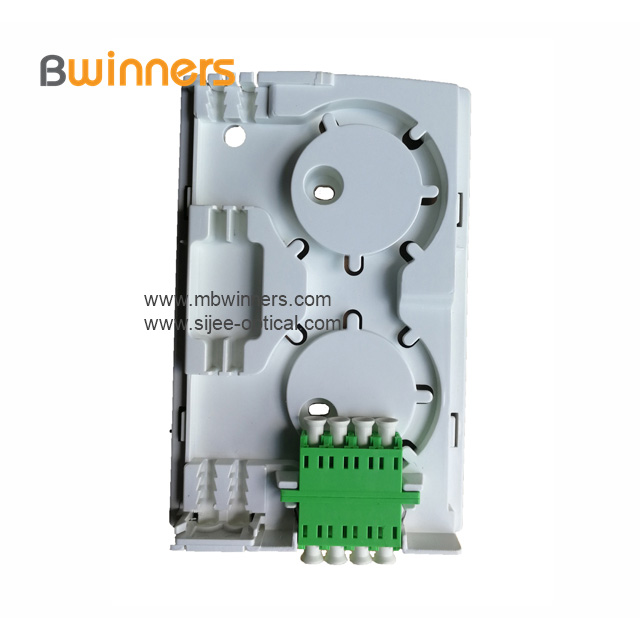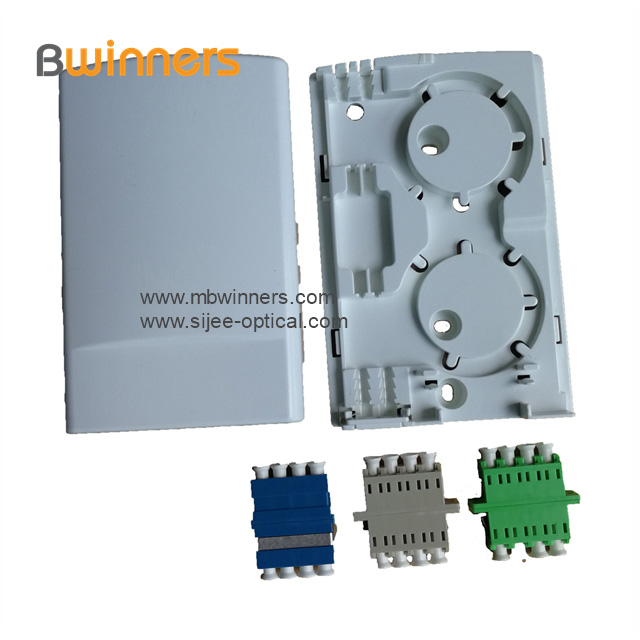
The use of screen sound technology is the result of coincidence
Sony released the A1E series OLED TV on the day before CES started. Apart from OLED itself, it is one of the biggest bright spots. The “no†speaker of the whole machine but the design using the screen sound has also become the talk of the industry for two days. Sony is another black technology.
According to reports, the reason why the A1E series can achieve screen sound, mainly using the advantage of the OLED without backlight structure, through the back of the vibration unit to drive the screen sound, so that the sound and the picture can be better combined to achieve a more perfect Audio and video integration and audio and video synchronization.
Sony designers said that the reason why they think of adopting such technology on the A1E is that it is derived from the dream of being a TV designer himself. Another important reason is that this technology can only be used on flexible OLED panels. It was a coincidence that this was achieved, but the result "created" Sony's new black technology.
For the performance of this new screen vocal technology in sound effects, Sony designers said that although this phonation principle is generated through resonance, one does not affect the picture quality of the screen itself, and the other does not. Changes to the sound due to placement on different materials of the desktop.
Future OLED camp will change
Obviously, Sony A1E series in addition to the design cool, the adoption of OLED screen is the biggest highlight of home appliances products at this CES. However, from the perspective of the current market, due to factors such as price, in the process of confrontation between the Quantum Dots and OLED camps, the OLED camp does not always seem to have much advantage. Currently only LG, Skyworth, and Changhong and several other TV makers only use OLED screens. However, what impact does Sony's participation have on the OLED market?
Mr. Mujing, vice president of Sony's vision products company, said that Sony has many years of experience in OLED R&D in the commercial sector, and in 2007, Sony also introduced a small-size OLED TV for home use for the first time. The reason for this year's release of large-scale home OLED TV products is not to stand in line, but it is entirely an impression that OLED is an excellent display technology that has solved many problems before and can meet the demand of high-end users for TV picture quality. Market development decisions.
The reason why the industry has always been skeptical about OLED large-screen display technology, the problem is mainly concentrated in: life, yield, price and other aspects. Even before there was a voice, the only remaining advantage of OLED was only black field and flexibility. However, Tencent Digital previously learned when interviewing LG Display OLED Division Secretary Lu Xiangde that the current life span of OLED products can be ensured at more than 50,000 hours. For the “residual image†problem we often say, the OLED panel also adopts an image quality improvement algorithm. And to improve the characteristics of the components and completely solve them, we can guarantee that there will be no image retention after 10,000 hours, and the yield problem has also been very effectively improved with the development of technology.
Mr. Mujing, vice president of Sony Vision Products, said with great confidence that the release of Sony's OLED TV will inevitably cause changes in the entire OLED market.
However, we know that just last year Sony had just released its flagship LED TV Z9D series, will the new OLED TVs have an impact on itself? For this question, Mujing explained that the Z9D series is by far the best 4K HDR TV product in the TV market. It will continue to provide users with excellent picture quality and excellent visual experience, while the A1E series will use technology. The appearance design and the quality performance of the Z9D series are different, providing users with more choices. This is a complete two-way road and does not conflict.
Mujing also said that OLEDs and quantum dot products in the current market are all very good display technologies. From now on, there is no one who will replace them. Moreover, with the continuous development of various technologies, Sony has the strength to maximize the characteristics of different panels.
The goal for 2017 is still high-end market
In fact, Sony's current "dual flagship" strategy has also sent a strong signal - we only focus on large-size high-end market.
According to Ovid Cloud Network's Q3 2016 data, the average size of China's color TV market in the third quarter of 2016 was 46.6 inches, with a 55-inch market share of 23.4%. According to the first position, penetration rates of 55-inch and above products already account for three-thirds of the market. one. With the further enlargement of the large size, the key dimensions will continue to move upwards, and it is expected that the 65-inch share in 2017 will reach 5.7%.
Mujing told us in his lifetime that the requirements for large sizes in the United States and China are very high. And Gao Qiaoyang, chairman and president of Sony (China) Co., Ltd., also stated that last year's 55-inch, 65-inch, and 75-inch large-size products grew very fast. Chinese consumers are increasingly pursuing high-quality lives. There is sufficient purchasing power, and the number of such consumers is growing rapidly. In this sense, the prospects of the high-end market are very optimistic.
Mujing said in his lifetime that in the past period of time, through the reform of the architecture, he has achieved improved performance. At present, Sony's operating platform is very solid. This year (2017) will further enhance the competitiveness of high-end products.
FTTH Fiber Optic Socket Terminal Box
FTTH Fiber Optic Socket Terminal Box, fiber termination box provides a mini density wall-mounted solution for next generation networks, which aims to provide and manage minimum numbers of fibers in a limited space.
It is normally installed in the way of wall-mounted. Widely used in FTTH access network, telecommunication networks, CATV networks, data communications network, local area networks, indoor and outdoor application.
Mini FTTH terminal box is designed specially for FTTx application, which suits for jointing fibers pigtail and it protects fiber optic splices and helps to share out the connectivity to individual customers. Optical Termination Box is designed to connect raiser/distribution cables to subscriber`s drop cable in FTTx networks. It has 1 input port and 1 output ports on the bottom and it is easy to install on the wall.



Optical Fiber Terminal Box,Fiber Access Termination Box,Fiber Optic Terminal Box,Fiber Optic Junction Box,Fiber Optic Cable Junction Box
Sijee Optical Communication Technology Co.,Ltd , https://www.sijee-optical.com
